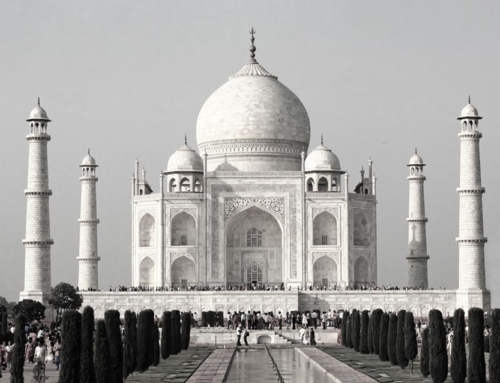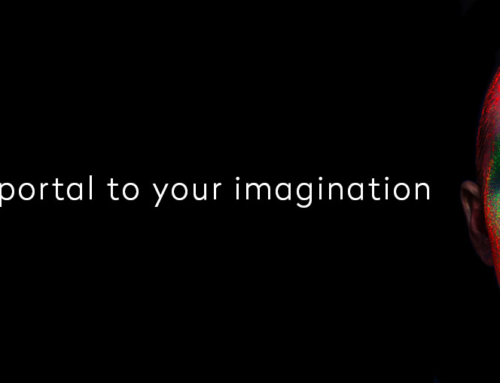With your mind’s eye, envision a fiery orange sunset, glowing in intensity… Below the brightness is deep green field, where blades of grass sway in the breeze. And if you look closely enough, you’ll find an abundance of violets blooming in thick clusters. When you allow yourself to freely flow with color, it envelops your senses.
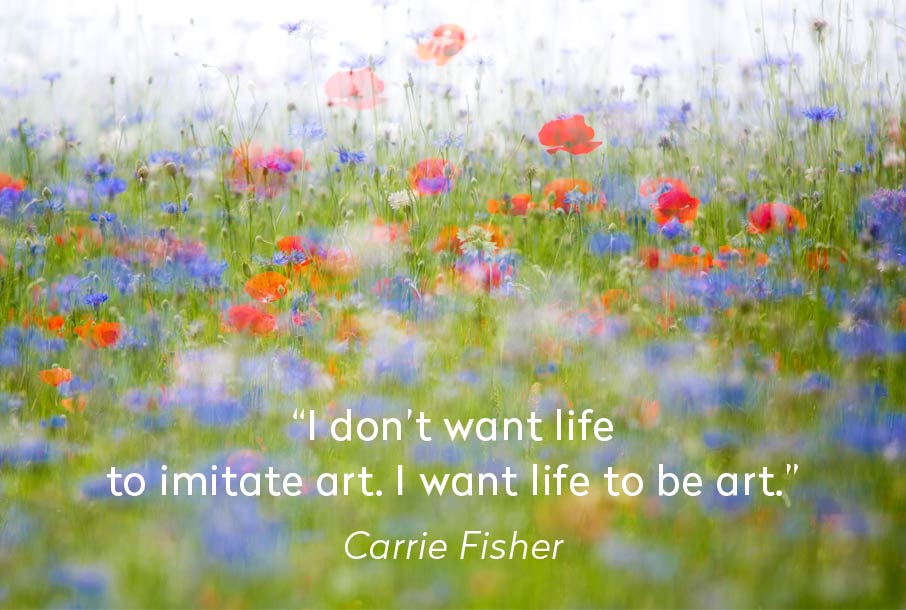
The energy of each color is palpable. Akin to a transcendent piece of music, meditation, or work of art, color has the ability to transport yet simultaneously ground you in present moment awareness. Like art itself, color has a profound impact on physical and emotional health.
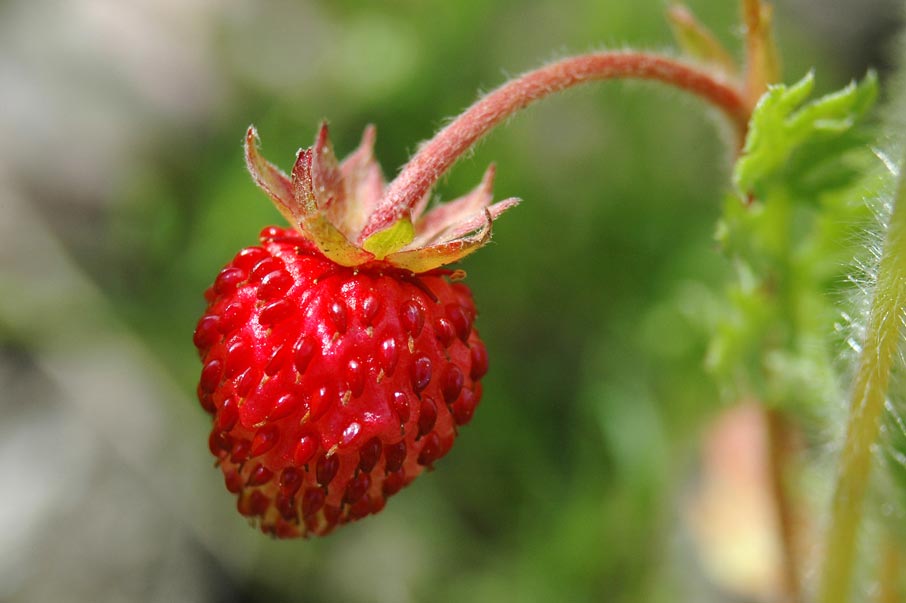
The original artist, Mother Nature, uses her color wand to accentuate antioxidant-dense foods… Bright orange carrots contain betacarotene. Crimson tomatoes have lycopene. And dark purple berries are flavonoid rich. Usually, more intensely pigmented produce, signifies higher nutritional content. Vividly colored fruits and vegetables enhance immunity and protect the body from free radical damage.
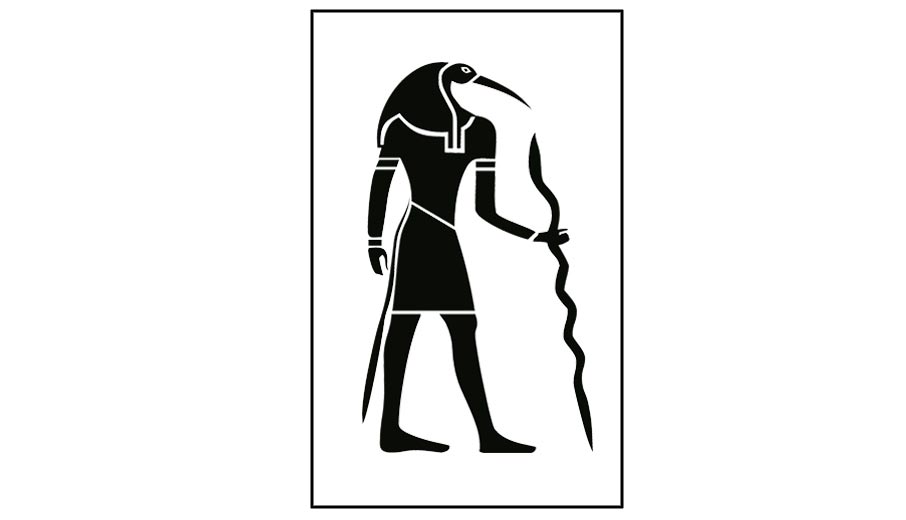
Health and color are naturally intertwined: You flush with fever, turn pale when you’re under the weather… As early as 2000 BC, the Egyptians used sunlight and color to heal. And they credited their god Thoth, who represents art, magic and wisdom, with the invention of color therapy aka Chromotherapy.

Later on, both the Egyptians and Greeks would provide luxurious health sanctuaries where patients could drench themselves in color, and indulge in body painting treatments. With the intention of healing, inadvertently they turned themselves into living, breathing, art.
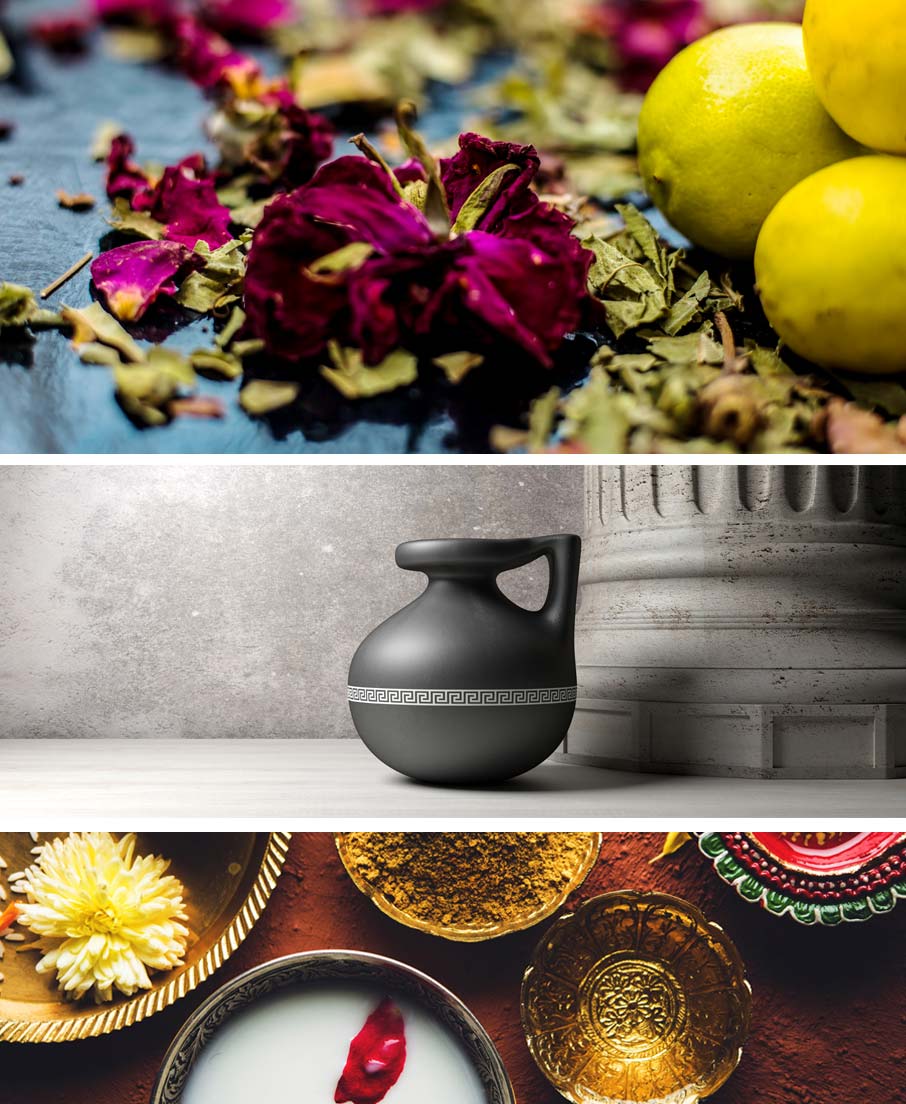
How does color therapy work? It operates under the idea that each organ in the human body is intended to be a certain color; but when it’s in disharmony its natural color changes. By using the brain’s reactions to specific shades, chromotherapy stimulates a self healing response that restores color balance. In addition to traditional Chromotherapy, today therapeutic colored eyeglasses (each a different hue) have become popular; also, color focused meditation to alter one’s emotional state.
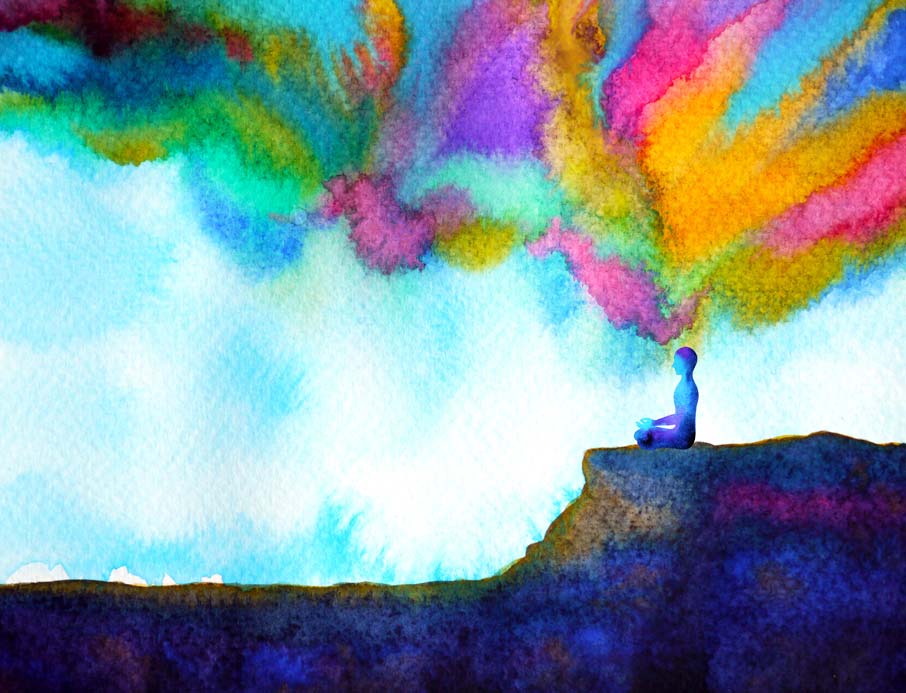
In his book, “Reductionism in Art and Brain Science,” Nobel prizewinner, Columbia University Professor, Eric R. Kandel, examines the science behind what happens to your mind on art. And when it comes to “the beholder’s stare,” Kandel says that reactions in the brain vary, depending on the style of work being viewed. For instance, representational art can be exceptional, but it illustrates the familiar. And since you already have a frame of reference for what you see, your mind filters the image through your previous experiences, thoughts and feelings.
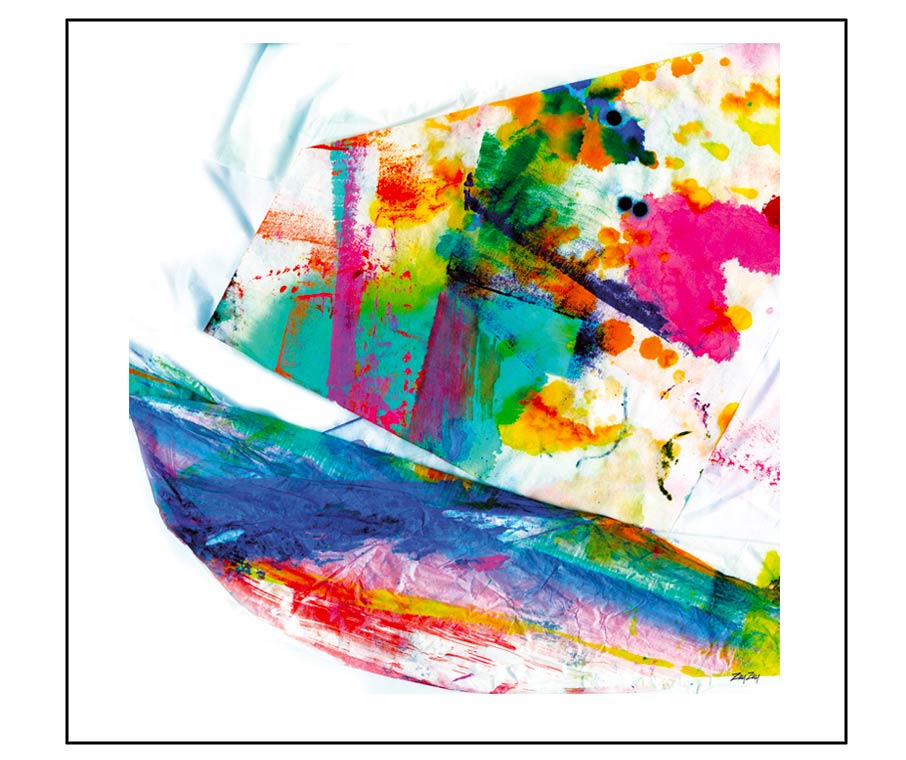
On the other hand, looking at abstract art doesn’t appear logical. So it challenges the brain… Precisely because what you see isn’t identifiable, the work takes on a life all its own. In a way, it asks you to fill in the blanks. Instead of relying on old neurological programing, abstraction invites the onlooker to become active in the work. Neurons fire. New connections are made. And the brain weaves possible scenarios based on what it sees… and maybe more importantly, doesn’t see.
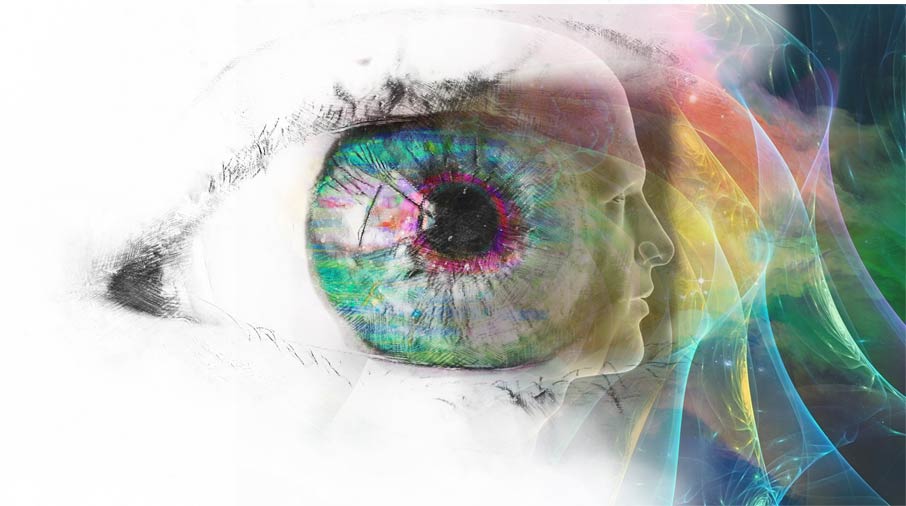
Remember the old Rorschach Test? in 1921 Swiss psychologist Hermann Rorschach, recognized the role abstraction could play in interpreting the inner workings of the human psyche. By showing patients free form inkblots, and analyzing their reactions, Rorschach created a tool to evaluate mental health, melded from abstract art and psychology.

Maintaining a healthy lifestyle involves living consciously. It’s true, color is a beautiful natural resource… but when it comes to textiles, it can also be a toxic soup. Unlike the foods you eat, the industry is mostly unrestricted. Akin to the wild west, fabrics often contain an assortment of harmful chemicals; some may even be carcinogenic, such as Azo dyes. That’s why ZayZay Living always uses 100% certified, handpicked Giza Egyptian cotton, as pure as it is gentle against your skin. No softening agents or chemical additives are ever used in any of ZayZay’s products. All inks are vegetable based. So when decorating, do a little digging, and be mindful of where your fabrics/dyes are sourced and manufactured; always look for trustworthy Third-Party Certifications, by independent testing companies.
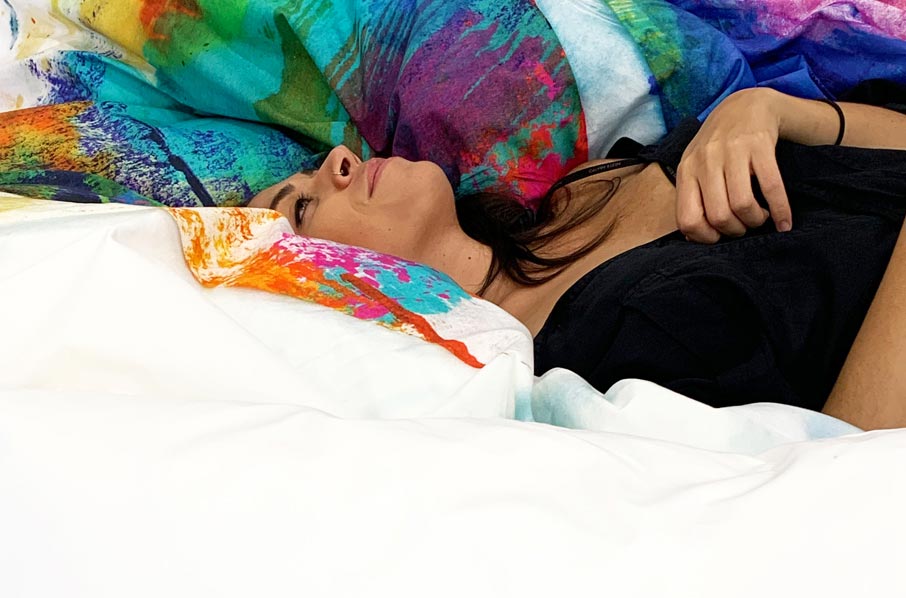
When it comes to mind/body influence, color and art stretch far beyond the canvas… Similar to love, art is not easily defined, yet you know when you feel it. In addition to its many health benefits, brain scans illustrate that viewing art is linked to pleasure in the mind. Not surprisingly, it increases blood flow, and recreates similar feelings of, guess what… love. You might say, since artist and spectator both undergo similar reactions in the brain, a grand collaboration occurs. The result being: a kind of exquisite transference, whereas the process of viewing art enhances one’s own creativity. Part of art’s magic is, you needn’t search outside to find it. It’s not elusive… Art can be tangible. So weave color and art into the tapestry of your days. If not for health, for a little extra joy.
Written by Danielle Winston



